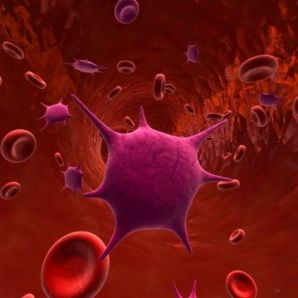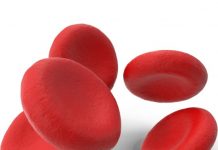ITP blood disorder is the condition wherein the patient has an abnormally low blood platelet count or thrombocytopenia. The full form of the acronym is idiopathic thrombocytopenic purpura or as immune thrombocytopenic purpura or simply immune thrombocytopenia. As it was first described by the German physician Paul Gottlieb Werlhof it was initially referred to as Werlhof’s disease. Essentially all of these terms refer to the same disorder of the blood.

Symptoms of ITP blood disorder
Each word of the acronym accurately describes the symptoms of the ITP blood disorder. Idiopathic means that the root of the disorder is unknown. Thrombocytopenic means that the platelet count in the blood is very low. Last but not the least; purpura is the medical term to describe a person who hasexcessive bruising. It is this external symptom of excessive bruising which is the most visible of all the symptoms of the disorder.
The bruising tends to appear as small reddish purple dots along the skin which appear due to the internal bleeding under the surface of the skin. It is commonly found on the limbs.
Associated symptoms would include blood in the urine or stool from internal bleeding, as well as delayed clotting in small cuts and wounds.
There can also be nosebleeds and bleeding gums for no apparent reason in the patient who suffers from this blood disorder.
Diagnose of ITP blood disorder
The doctor who does a physical examination and finds the extensive physical bruising on the patient will call for a blood test in which the blood cells and platelets are counted. It is called a CBC or complete blood count. Another related test is called a blood smear in which a sample of blood is looked at under the microscope to reveal the disorders.
Essentially any other condition which may cause the deletion of the platelets needs to be eliminated and only then will it be possible to say with certainty that they patient is suffering from ITP blood disorder.
Treatment for ITP blood disorder
In most cases mild form of the disorder may not require treatment in adults. Children would need the help of a health care provider but with proper treatment will be able to recover from the blood disorderin close to 6 months. The treatment essentially focuses on increasing the number of platelets in the blood. If the platelet count is below 20,000 per μl proper treatment is indicated. A count above 50,000 per μl does not need any treatment.
The treatment can include oral medication to increase the platelet count or even an intravenous shot. In case the medication does not help in improving the condition the spleen of the patient may need to be removed. This is because the spleen is seen as a site of antibody production and platelet destruction. This kind of surgery is usually a remedy that the doctors will not consider till the end as it can cause the person to be at a higher risk for other kinds of infections.














